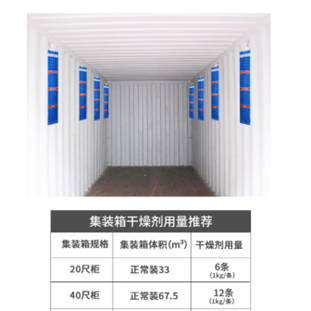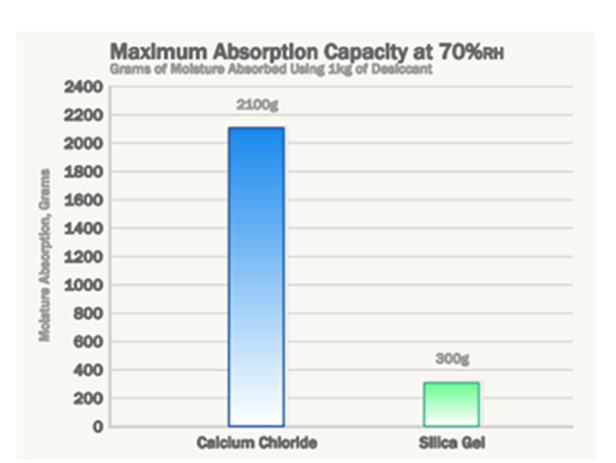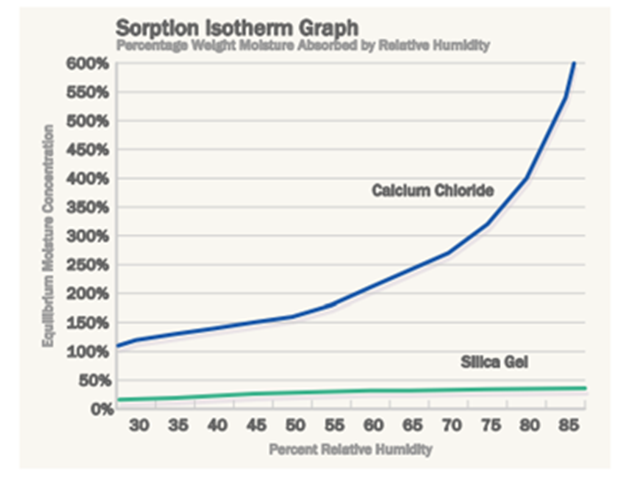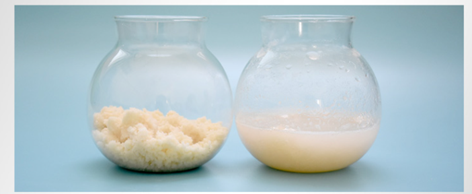
Q: What type of absorption poles do you use? Do you have a spec sheet so we can recheck? For example, type of material, hanging mechanism etc?
A: Any bag like this picture and materials should be active ingredient Calcium Chloride
plus, Modified Starch.
Its exterior package should be non-woven fabric which is strong, and interior
should be Tyvek and PET or similar , they are water-proof materials.
It is usually 1kg per bag. We will hang each other on the hook of the interior of the container
It is usually 30 cm wide and 75 cm high.


Q. Did you had any cases of receiving shipment with absorption poles being overburdened and dropped on the floor causing water leak, or any other form of water leak etc. If you could advise how many shipments, you manage vs how many times you had such an occurrence?
A: We do not have any such reports in the past
Q: How many absorption poles do you recommend using for LCL freight, 20ft and 40ft?
A: LCL can be around 4-6 , 20ft would be 6 and 40ft 10-12 bags
Q :Do you think absorption poles are needed, or they do not provide any added protection to goods?
A: They are good for preventing goods from humidity
Q: Do you think usage of silica gel can only provide the same level of protection as absorption poles.
A: Silica gel is totally different susbtances, it might work good only inside small boxes with clothes and liens. Because its absorption power is much lower than quality MAP. It holds maximumly 40% water of its weight while Calcium Chloride attract moisture of sever times of its own weight and dissolve it into water
See below date from third party.
https://www.praxas.com/en-gb/About-Praxas/News/ID/82/Calciumchloride-vs-silicagel-the-most-important-differences
The charts and tables provided below offer comparison information for calcium chloride and silica gel relevant to performance in the area of moisture protection for shipping container cargo.


At 25 degrees Celsius and 70% relative humidity, calciumchloride absorbs seven times as much water as silica gel.
Calciumchloride’s moisture protection abilities begin to work even at low relative humidity, and increase exponentially as humidity rises. Silica gel on the other increases its absorption only slightly by comparison.
Q: Any other points/data/information to share which can help me to understand more about absorption poles.
A: One important thing when using MAP is to ensure they are containing good materials that has much stronger humidity absorption rate such as active ingredient calcium chloride plus, modified starch, after full absorption it becomes sort of gel instead of water. See below pictures of comparison.
It is critical to highlight that they are containing high quality calcium chloride with modified starch, with their chemistry nature, MAP will have strong absorption rate and it will be gel not water eventually.
Its package should be strong and waterproof, so in worst case scenario it would not cause water damage to goods and containers.
As such, it is important that movers need purchase appropriate MAP so they really work for containers and not bring possible damage.
This also reminds all movers to purchase proper MAP carefully.





